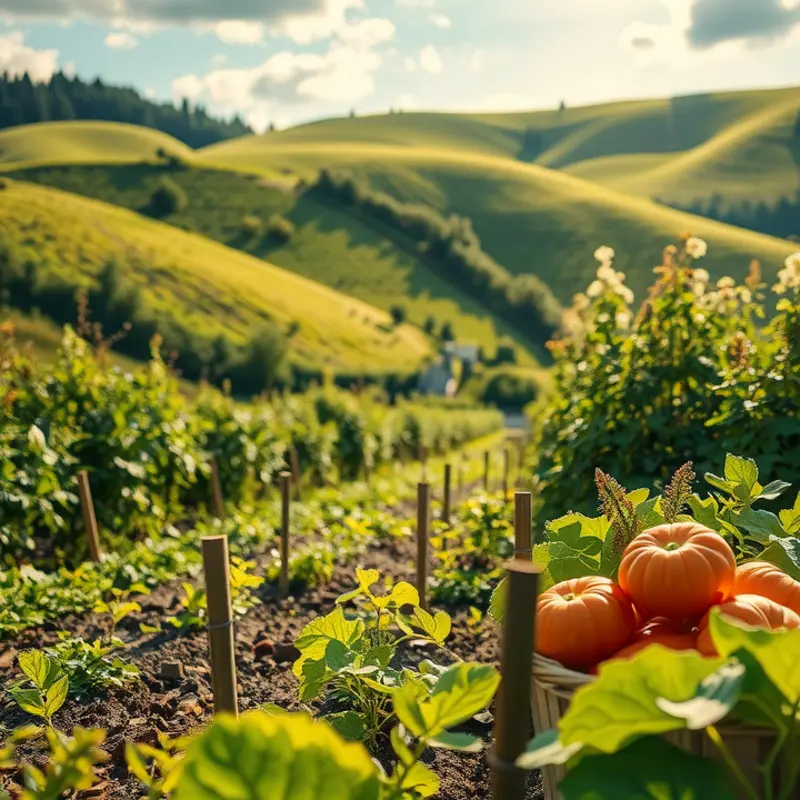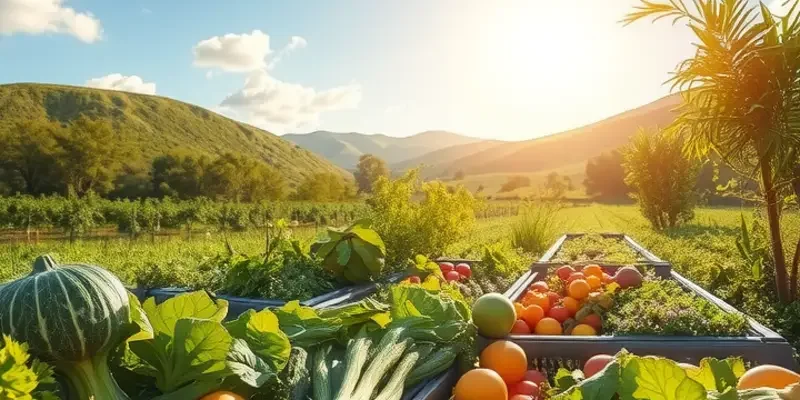Vacuum sealing is a game-changing technique for anyone looking to improve food management at home. By removing air from bags or containers, vacuum sealing extends the shelf life of perishable goods, minimizes waste, and keeps food fresher for longer. Whether you’re prepping meals in advance, storing leftovers, or avoiding freezer burn, this guide offers actionable tips and techniques to help you get started with vacuum sealing safely and effectively.
Why Vacuum Seal Your Foods?

Vacuum sealing stands out as a powerful ally in the battle against food waste and spoilage. By removing air from storage bags or containers, vacuum sealing effectively curtails the growth of bacteria and mold. This process not only extends the shelf life of perishable foods but also preserves flavor, texture, and nutritional value.
One of the most significant benefits of vacuum sealing is the reduction of food waste. When air surrounds food, it promotes the oxidation process, causing fresh produce to deteriorate quickly. Vacuum sealing slows down this process, helping you to retain the freshness and nutrient content of your food for longer periods. Thus, you can buy in bulk or take advantage of seasonal produce without worrying about quick spoilage.
Another advantage is the efficient organization it offers. Vacuum-sealed bags and containers take up less space, making them ideal for maximizing storage in your freezer or pantry. With reduced clutter, organizing your grocery purchases becomes easier, offering clarity and accessibility when planning meals. For meal-prepping enthusiasts, vacuum sealing streamlines the process by keeping pre-portioned meals fresh and ready to use.
Vacuum sealing is also environmentally friendly. By reducing the need for disposable packaging, it contributes to less waste. Additionally, because vacuum-sealed products last longer, fewer trips to the store are necessary, indirectly conserving resources.
Choosing the right foods to vacuum seal involves understanding how air exposure affects their quality. Foods that have high moisture or fat content, such as meats, fish, and cheese, benefit significantly from vacuum sealing. By limiting their exposure to air, these foods maintain their taste and texture over extended periods. Pantry staples like grains, nuts, and coffee beans also remain fresh for longer when vacuum-sealed, protecting them from humidity and pests.
Implementing best practices in vacuum sealing is key. Always ensure food is fresh before sealing and leave a small space at the top of bags for expansion if freezing. Label bags with contents and dates to keep track of their storage life. Consider using pantry organization ideas to further enhance your storage system’s efficiency.
In summary, vacuum sealing is an invaluable practice for anyone looking to extend food freshness, reduce waste, and improve organization. By understanding how air affects food quality and applying smart sealing strategies, you can revolutionize the way you store food at home.
How to Vacuum Seal: Steps and Tips

To effectively vacuum seal food at home, starting with the right tools is essential. You will need a reliable vacuum sealer, vacuum seal bags or rolls, and scissors. Once your tools are ready, focus on preparing the food to ensure optimal results.
Pre-sealing preparation is key, particularly for fresh produce. Blanching vegetables is a helpful step that preserves color, texture, and nutrients. To blanch, boil vegetables briefly, then plunge them into ice water to halt the cooking process. This technique not only maintains quality but also extends storage life.
For fruits, freezing before sealing can prevent damage. Fruits tend to be soft, and pre-freezing avoids compression during sealing. Spread them on a baking tray in a single layer and freeze until solid. This approach ensures that fruits maintain their individual integrity.
Once your food is prepared, it’s time to vacuum seal. Cut the vacuum seal bags to the desired length, leaving extra room for sealing. Position the food inside the bag, ensuring it lies flat, and avoid any folds that might trap air. If sealing liquids or moist foods, consider partially freezing the contents to reduce the risk of moisture affecting the seal.
Place the open end of the bag into the vacuum sealer and initiate the vacuuming process. The device will remove air, then seal the bag. For a reliable seal, ensure no wrinkles at the sealing site. Some sealers offer settings for different foods; use these to match the seal to the food type.
Post-sealing, proper storage extends freshness. For items like vegetables and meats, consistent freezing is best. Correct labeling with the sealing date helps track storage time and consume items while fresh. Store sealed bags flat in the freezer for efficient use of space.
To further reduce waste and extend food freshness, check out these meal prep freezer tips. These tips can help you maximize the longevity of your food.
Incorporate regular checks on stored food, watching for signs of spoilage, and maintain a rotation system to use older items first. This practice reduces the likelihood of forgotten, expired products piling up in your freezer.
Mastering the process of vacuum sealing coupled with strategic storage practices can significantly minimize food waste. It not only enhances food freshness but also eases meal planning and preparation, ensuring your efforts in the kitchen are both efficient and sustainable.
Final words
Vacuum sealing foods is a straightforward way to enhance your kitchen’s efficiency and cut back on food waste. With the right tools and techniques, you can easily preserve the quality of your favorite ingredients, so they last longer and taste fresher. By following the advice in this guide, you’ll be well on your way to mastering this essential food management skill. Implement these practices today to enjoy fresher meals and a more organized kitchen!







